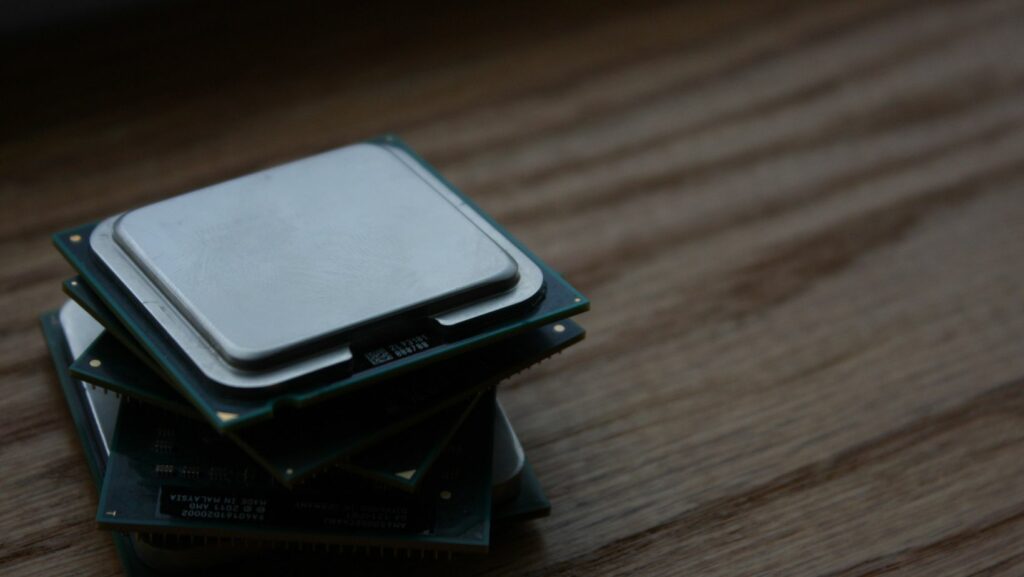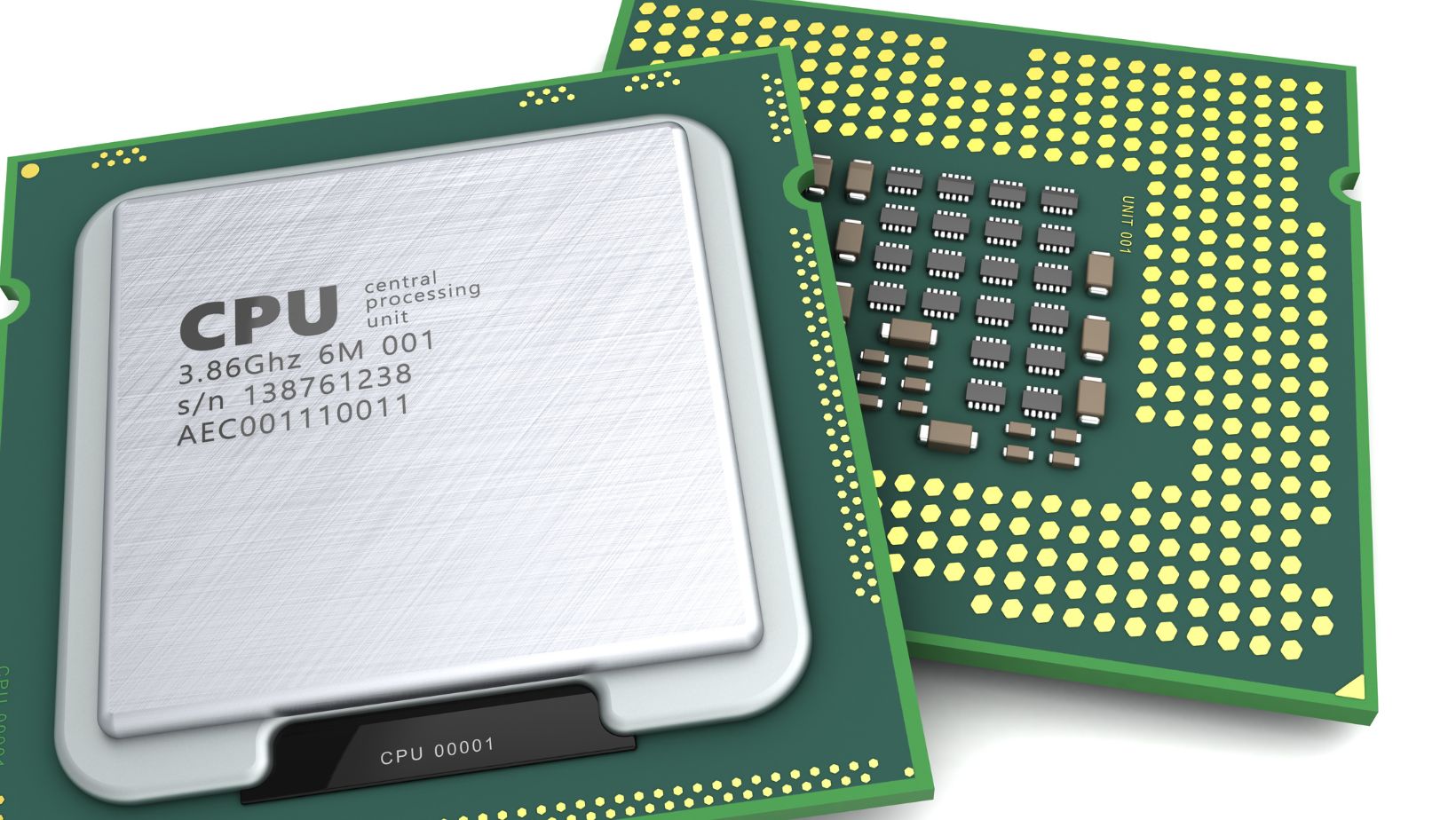Key Takeaways
- Importance of Monitoring: Keeping track of CPU temperature is essential to prevent overheating, maintain performance, and extend hardware longevity.
- Types of Gadgets: CPU temperature gadgets are available as hardware-based (e.g., thermal sensors) and software-based (e.g., monitoring software) options, catering to different user needs.
- Key Features: Common features of these gadgets include real-time monitoring, custom alerts, visual data trends, and multi-platform support, all aimed at enhancing user experience.
- Choosing the Right Gadget: Compatibility with your system, user-friendly interfaces, and additional features are crucial factors when selecting an effective CPU temperature gadget.
- Pros and Cons: While temperature gadgets provide real-time monitoring and prevent damage, potential inaccuracies, resource usage, and costs should be considered against their benefits.
In the world of gaming computing, keeping an eye on CPU temperature is crucial for optimal performance and longevity. Overheating can lead to system slowdowns or even hardware failure, making it essential for users to monitor their CPU’s thermal health. That’s where CPU temperature gadgets come into play, providing real-time insights into how hot a processor is running.
These handy tools not only help users maintain their systems but also empower them to take proactive measures when temperatures rise. Whether you’re a gamer pushing your machine to the limits or a professional relying on stability for critical tasks, understanding CPU temperature can make all the difference. With a variety of options available, finding the right gadget can enhance your computing experience and safeguard your investment.
CPU Temperature Gadget
CPU temperature gadgets serve as crucial tools for monitoring the thermal performance of processors. They provide real-time data, allowing users to assess and manage their system’s heat levels effectively.
Importance of Monitoring CPU Temperature
Monitoring CPU temperature is vital for maintaining optimal performance and preventing hardware damage. High temperatures can lead to thermal throttling, which reduces processing speed. Consistent overheating can result in permanent hardware failure, increased maintenance costs, and shorter device lifespan. By keeping an eye on temperature metrics, users can implement cooling solutions, ensuring stable operation and longevity of their systems.
Common Features of CPU Temperature Gadgets
CPU temperature gadgets come equipped with various features to enhance user experience.
- Real-time Monitoring: These gadgets provide immediate temperature readings, allowing prompt action when overheating occurs.
- Custom Alerts: Users can set temperature thresholds, receiving notifications when levels exceed safe limits.
- Graphs and Trends: Visual data representation helps users understand temperature changes over time, aiding in identifying patterns and potential issues.
- Multi-Platform Support: Many gadgets work across different operating systems, making them accessible for diverse users.
- Integration with Other Tools: Some gadgets integrate with system performance applications, providing a comprehensive view of system health.
These features ensure users maintain an efficient and reliable computing environment, maximizing performance and minimizing risks associated with overheating.
Types of CPU Temperature Gadgets
CPU temperature gadgets fall into two primary categories: hardware-based and software-based options. Each type provides valuable insights into thermal performance, catering to different user preferences and requirements.
Hardware-Based Gadgets
Hardware-based gadgets typically consist of physical devices mounted inside or outside the computer case. These devices include digital thermometers or temperature sensors that offer direct temperature readings. Users benefit from immediate, straightforward assessments of CPU temperatures, which help in making timely adjustments.
Examples of hardware-based gadgets include:
- Thermal Sensors: These sensors monitor CPU temperatures and display values via LED screens, allowing users to view temperature changes in real time.
- Fan Controllers: These devices not only display CPU temperatures but also adjust fan speeds based on the detected heat levels to prevent overheating.
- Temperature Probes: These probes can be placed near the CPU to monitor temperatures more accurately, especially in custom-built systems.
Software-Based Gadgets

Software-based gadgets operate within the computer’s operating system, providing comprehensive temperature monitoring and analytics. These programs can gather data from various components, including the CPU, GPU, and motherboard. Users appreciate the versatility and additional features offered by software solutions.
Examples of software-based gadgets include:
- Monitoring Software: Programs like HWMonitor and Core Temp provide real-time readings of CPU temperatures, voltage, and fan speeds, presenting them in user-friendly interfaces.
- Performance Remediation Tools: Applications may include options to set custom alerts for temperature thresholds, enabling proactive measures in case of overheating.
- Integration with System Utilities: Many software gadgets integrate with utilities that track system performance, offering an all-in-one solution for monitoring CPU health.
Both hardware-based and software-based CPU temperature gadgets play essential roles in maintaining optimal system performance and longevity, helping users prevent potential overheating issues effectively.
How to Choose the Right CPU Temperature Gadget
Choosing the appropriate CPU temperature gadget involves assessing several key factors. Users should consider compatibility, user interface, and additional features to ensure an optimal experience.
Compatibility with Your System
Compatibility is crucial when selecting a CPU temperature gadget. Users must check whether the gadget supports their CPU type and motherboard specifications. Hardware-based options typically require specific connections or slots, such as USB or motherboard headers, while software-based gadgets must align with the operating system. Common operating systems include Windows, macOS, and Linux. It’s essential to verify that the chosen gadget functions properly across all desired platforms to ensure seamless integration.
User Interface and Usability
User interface and usability significantly influence the effectiveness of a CPU temperature gadget. An intuitive interface simplifies the monitoring process, allowing users to interpret temperature data quickly. Gadgets with customizable dashboards and graphical representations provide clearer insights. Additionally, features like easy accessibility of alerts and real-time notifications enhance usability. A streamlined experience enables users to respond promptly to potential overheating issues, ultimately maintaining system performance. Selecting a gadget that prioritizes user experience fosters better engagement and efficient monitoring.
Pros and Cons of Using CPU Temperature Gadgets
Monitoring CPU temperature offers benefits and drawbacks. Understanding these aspects helps users make informed decisions about their system management.
Advantages
- Real-time Monitoring: CPU temperature gadgets provide continuous updates on thermal performance, allowing for immediate action against overheating.
- Prevention of Damage: Regular tracking helps in preventing hardware damage due to excessive heat, extending the lifespan of components significantly.
- Performance Optimization: Gadgets enable users to adjust settings for improved efficiency, enhancing overall system performance during demanding tasks such as gaming or heavy workloads.
- User Alerts: Custom alerts notify users of critical temperature thresholds, facilitating proactive interventions before issues escalate.
- Comprehensive Data: Visual representations like graphs and logs offer insights into temperature trends, helping users identify potential long-term issues.
Disadvantages
- Potential Inaccuracy: Some temperature gadgets may provide inaccurate readings, leading to erroneous conclusions and unnecessary concerns.
- Complexity for Beginners: Less experienced users might find installation and usage of advanced gadgets challenging, resulting in possible mismanagement of system performance.
- Resource Usage: Software-based temperature monitors can consume system resources, potentially impacting overall performance on lower-end systems.
- Cost Consideration: High-quality hardware gadgets often come at a premium, which might not be justifiable for casual users who don’t experience overheating issues.
- Dependency on Alerts: Over-reliance on alerts can lead to complacency, causing users to neglect regular manual checks and maintenance.
Prolonging The Lifespan of Computing Devices
Monitoring CPU temperature is crucial for maintaining optimal performance and prolonging the lifespan of computing devices. By utilizing CPU temperature gadgets, users can gain valuable insights into their system’s thermal health. This proactive approach helps prevent overheating and its associated risks, ensuring smooth operation whether for gaming or professional tasks.
Choosing the right gadget tailored to individual needs enhances the monitoring experience. With options available in both hardware and software formats, users can select tools that fit their specific requirements. Ultimately, investing in effective temperature monitoring not only safeguards hardware but also elevates overall computing efficiency.

